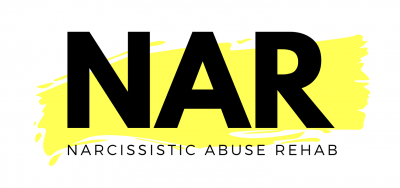DARVO (Deny, Attack, Reverse, Victim, and Offender) is a defense tactic commonly used in the context of extreme or malignant narcissism.
Deny Attack Reverse Victim and Offender
Deny Attack Reverse Victim and Offender form the initialism DARVO used to describe a psychological defense tactic commonly used by manipulators to escape the consequences of their actions.
DARVO is an extreme form of gaslighting. Its purpose is to exonerate the perpetrator and scapegoat the person they targeted for abuse by distorting reality.
This is accomplished by:
- Denying the abuse ever took place.
- Attacking the victim with false accusations of misconduct, and
- Reversing the roles of
- Victim, and
- Offender
DARVO effectively conceals the truth by trumping up false claims about the victim and altering how they are perceived in the eyes of other people. When perpetrators of DARVO are highly narcissistic, they tend to be charismatic and very persuasive in their rendition of the false narratives they create about their victims.
The affects of DARVO on the reputation of the victim is often so devastating that they are stunned into confusion and silence by the perpetrator’s reality distortions.
DARVO is an initialism that stands for Deny, Attack, Reverse, Victim, and Offender. It describes a defense tactic used avoid accountability.


